Identify a Plant:
Plants are multicellular organisms that produce the majority of their food from sunlight using a process called photosynthesis. In the context of this database they include any non-woody herb or vegetable growth.
CLICK HERE to learn the basic anatomy of a flowering plant.
Which best describes the plant you’re looking at?
Desert Plant; growing in dry, arid climate NOT next to water
/Agave OR Yucca (long, lance-shaped leaves OR spines growing in a rosette pattern,often with one tall central stalk growing upright from center)/
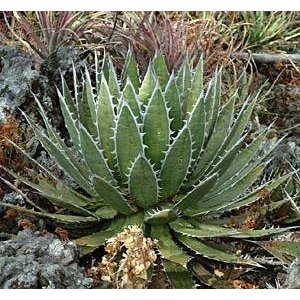
/ Cactus (fleshy body with spines OR needles instead of leaves)/
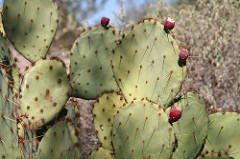
/ Sage Mint {Salvia} (square-shaped stem, pleasant aromatic smell, leaves facing 4 Directions)/
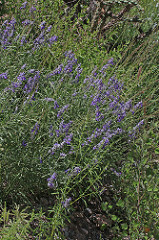
/ Succulent (fleshy, water-bearing stems &/or leaves w/ “points”, but NO spines)/
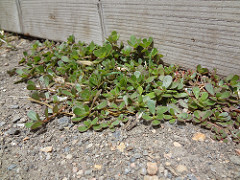
Dryland Meadow Dweller; growing in open sun, NOT necessarily a desert
/Grain-Producing Plant (grains growing on top), Rosette; (rosettes often have a prominent single, unbranched central stem or stalk later in the season)/
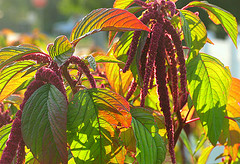
Wetland Plant; submerged in fresh water OR heavily saturated soil
/Reed {Poales} (tall, grass-like plant with smooth leaves feel “foamy” on the inside when squeezed)/
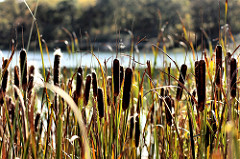
/ Watercress {Nasturtium officinale}/
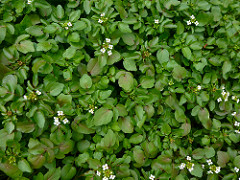
/ Wild Celery {Vallisneria americana} /
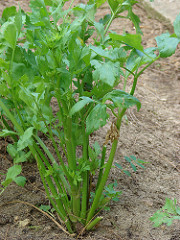
/ Spotted Water Hemlock {Cicuta maculata}/
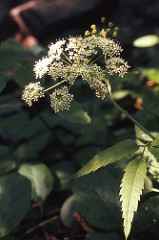
Woodland Dweller; growing in shaded forest OR next to water
/Fern / (large, feather-shaped, divided leaves called “fronds” arising from the ground) / Rosette (leaves growing in a rosette) / 4-Directions Plant (leaves pointing in *4 Directions* lined all the way up a single central stem or stalk)/
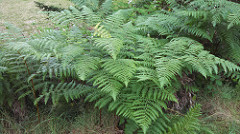

I found your blog website on google and check several of your early posts. Continue to keep up the really very good operate. I just extra up your RSS feed to my MSN News Reader. Looking for forward to reading much more from you later on!?